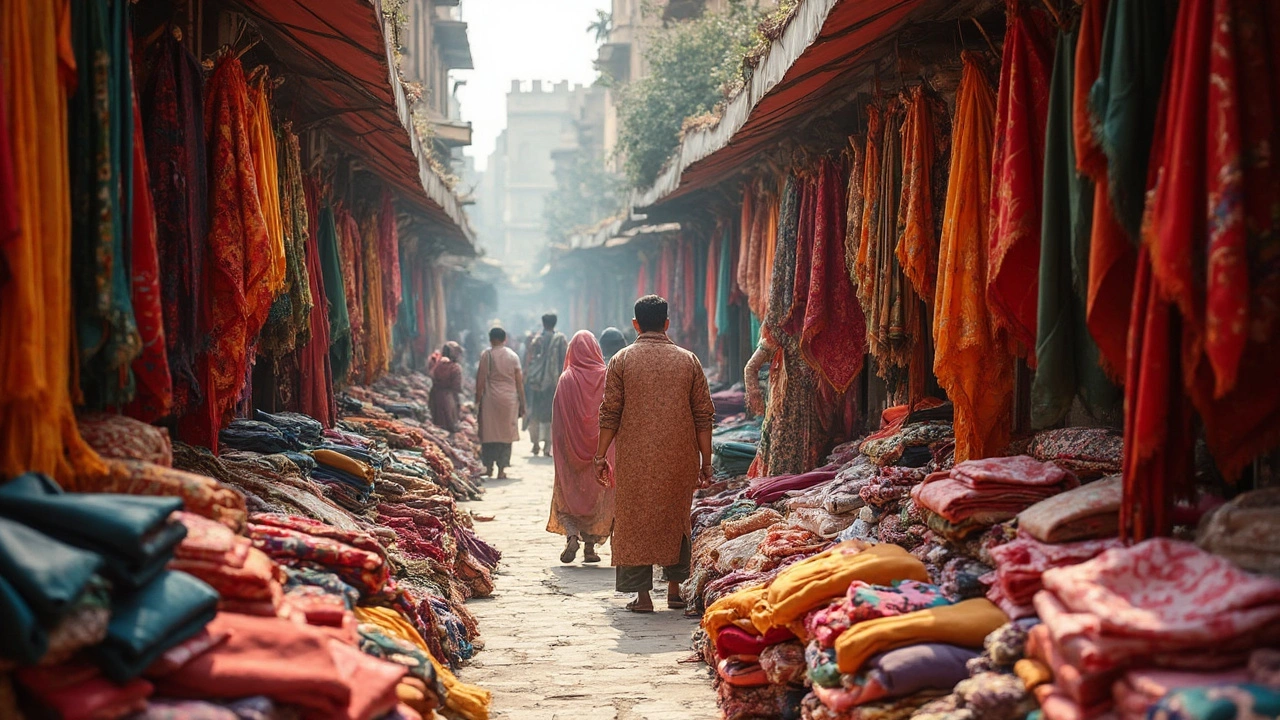Textile City India – Where Fabrics Are Born
Ever wondered which Indian city pumps out most of the country's cloth? It’s Surat, the glittering textile city that fuels everything from simple cotton tees to high‑end designer fabrics. In this guide we break down what makes Surat the heart of India’s textile world and how you can tap into its strengths.
Why Surat Leads as the Biggest Textile City
Surat earned the nickname ‘fabric capital of India’ because of three simple reasons: massive production capacity, a deep supply chain, and a culture built around cloth. Over 150,000 families work in mills, dye houses, and printing units, so the city can churn out millions of meters of fabric every month. Its proximity to ports means raw cotton and synthetic fibers arrive fast, keeping costs low and turnaround times short.
Technology also plays a big role. Modern looms, computerized dyeing machines, and quality‑control labs sit side by side with traditional hand‑woven workshops. This mix lets Surat cater to budget buyers as well as luxury brands seeking precise color matching and finish. The result is a versatile hub that can supply everything from plain woven cotton to intricate embroidered silk.
What This Means for Buyers and Manufacturers
If you’re sourcing fabric, Surat offers a one‑stop shop. You can visit multiple suppliers in a single day, compare prices, feel the material, and negotiate directly. Many factories provide sample runs, so you can test durability and colorfastness before committing to large orders. For manufacturers, the dense network of ancillary services—dyeing, finishing, logistics—means you spend less time hunting for partners and more time focusing on product design.
Another perk is the competitive pricing. Because the market is so crowded, vendors constantly improve efficiency to stay ahead. That pushes down per‑meter costs, especially for bulk orders. You’ll often see discounts for combined orders of fabric, trims, and packaging, all handled by the same local dealer.
Yet there are a few things to watch out for. Quality can vary between mills, so always ask for certifications like IS0 9001 or textile-specific test reports. Also, keep an eye on lead times during peak festival seasons; demand spikes can stretch delivery schedules. Building a good relationship with a trusted local agent can smooth out these bumps.
In short, the textile city of India offers a blend of scale, speed, and variety that’s hard to match elsewhere. Whether you’re a small boutique looking for unique prints or a big brand needing steady bulk supply, Surat’s ecosystem has something to fit your needs.
Ready to explore? Start by reaching out to a few vetted suppliers, request fabric swatches, and compare quotes. A quick visit to the city’s textile market can give you a feel for the vibe—and you’ll see why so many global fashion houses keep their eyes on this bustling hub.

Unveiling India's No. 1 Textile City
Ever wondered which city stands as the textile hub of India? Known for its vibrant markets and bustling industry, quite a few places could fit the bill, but one city consistently tops the charts. This article dives into what makes this city the powerhouse of fabric production, showcasing its manufacturers, products, and how it stacks up against global competition.
Read More